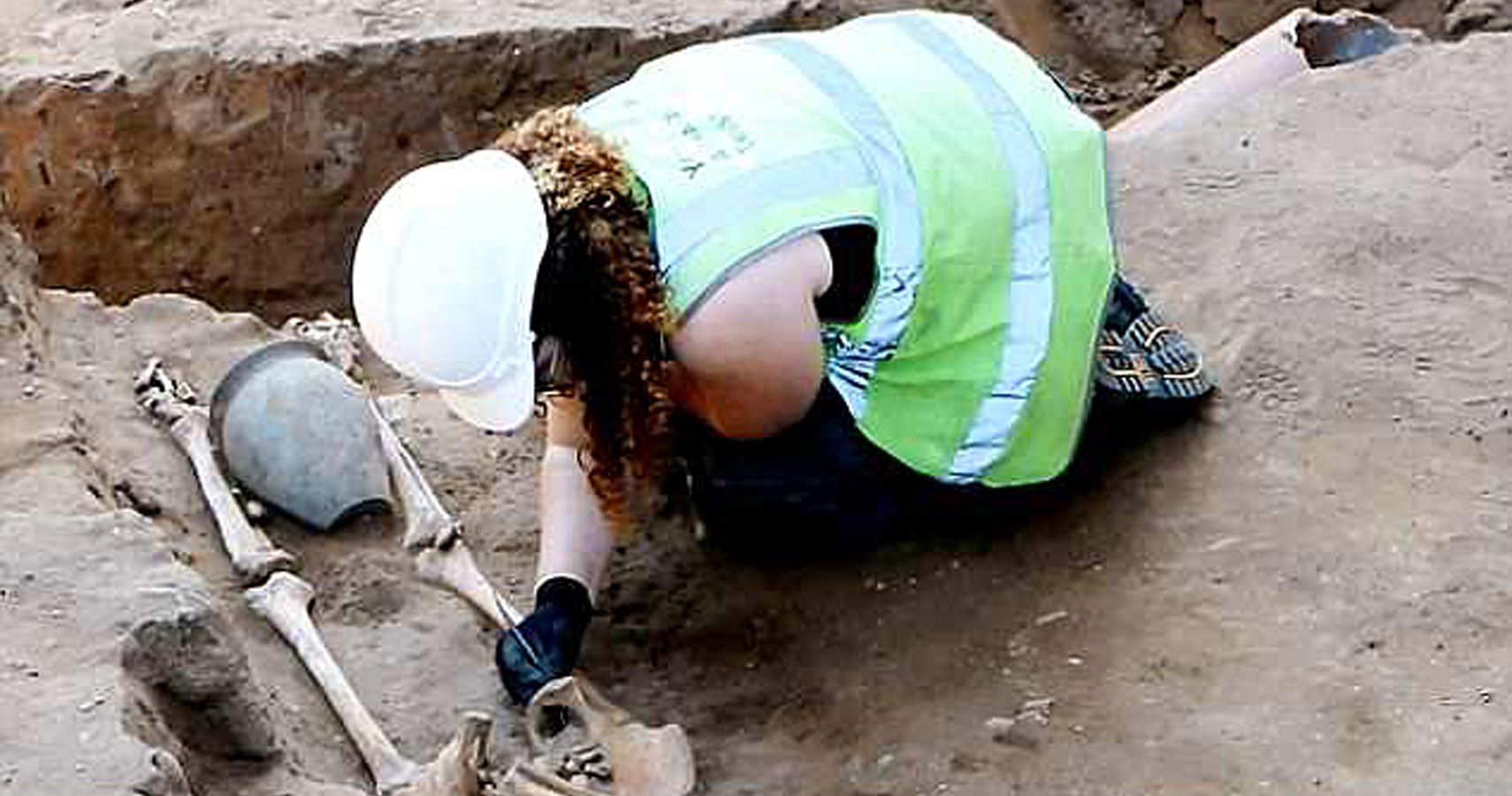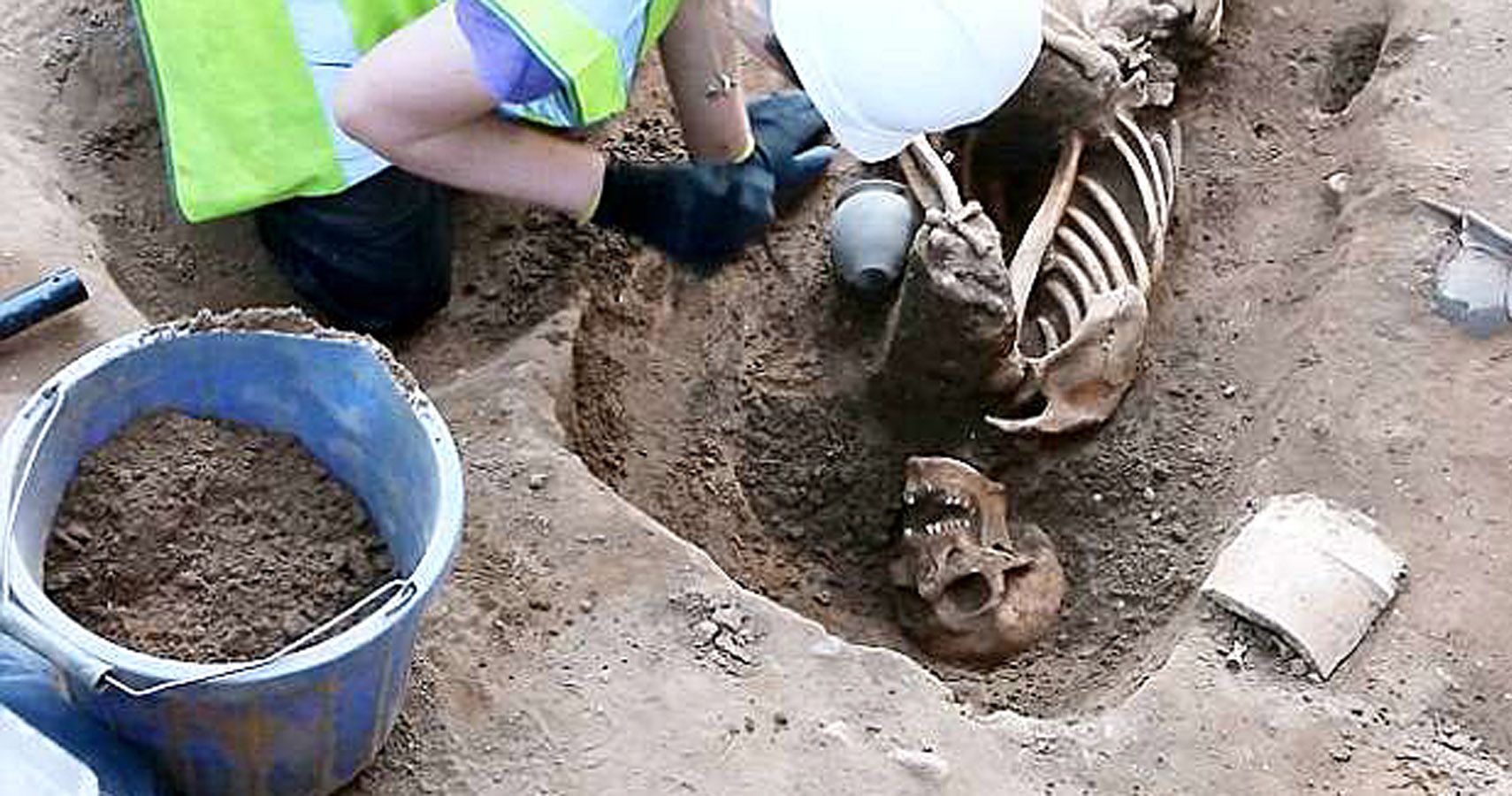It's almost like that scene near the end of the first Poltergeist movie. You know, the part where JoBeth Williams scrambles out of her crumbling, haunted house only to tumble into a muddy pool, where also sorts of skeletal remains surface and wreak further havoc.
This scenario's nowhere near as dramatic, but it certainly surprised the area's developers. Renovators of the Georgian Building, where the Newington Hotel is being converted into a facility to house up to seven families, stumbled up remains of up to 75 skeletons.
That's when shocked workers enlisted the services of the York Archaeological Trust who did some further digging around and discovered the bones were Roman in origin, dating back to around 50 B.C. That's in line with historical accounts of Julius Caesar, whose troops were in England around that time as they conquered the Gaulic tribes, only to withdraw when the communities rebelled against the occupation.
The remains, discovered under the hotel's swimming pool,ere located roughly 1,000 feet from a gladiator arena, which was discovered in York around 2004. A previous dig in in the arena location yielded about 60 bodies, many of which sported healed wounds, although roughly half of them were decapitated. One set of remains contained evidence of being bitten by a large animal, presumably a bear or lion.
Although archaeologists believe that the 2004 findings were of warriors, such is decidedly not the case with the more recent discovery. For openers, the remains were male and female, representing all walks of life. A few of them had green marks on the skulls' foreheads, suggesting, most of them wore copper crowns and other headgear, a symbol of wealth and upper-class status.
And while the painstaking dig took roughly three months to complete, their task was made easier by the observation that the graves were quite shallow. One researcher deduced that made the graves prone to damage that was found at the site, caused by plows when the lands were being tilled for planting during the medieval era. Further damage was caused by construction during the 19th century, shortly after the Industrial Revolution brought on a rapid rise in urbanization in York.
What's curious is how this discovery will affect sales of residential property when the project is completed in the wake of the archaeological excavation. Will it hearken Poltergeist notions of less intrepid tenants, or will it be something that hardly dwells can really dig?


